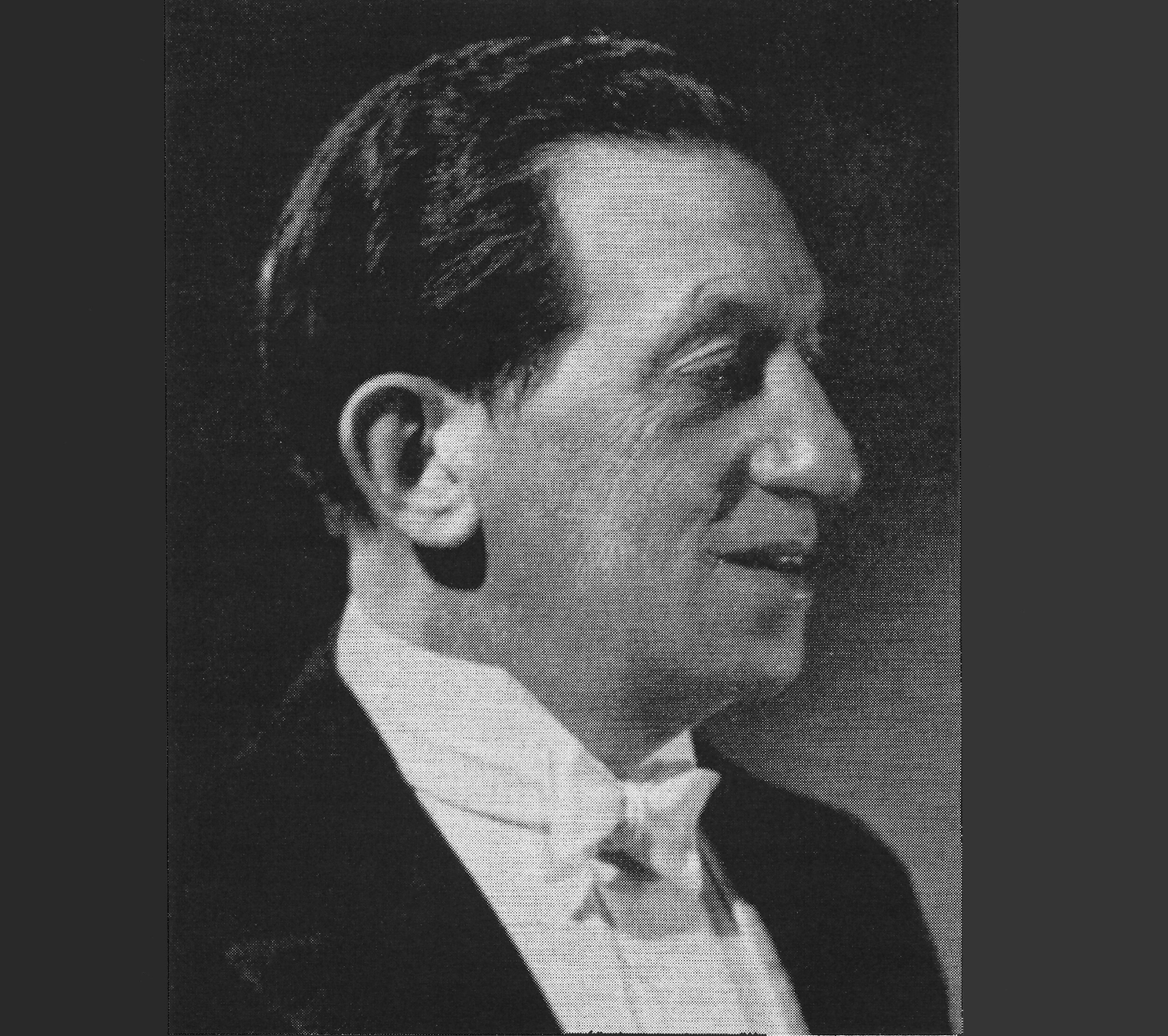In theatrical magic, misdirection is a form of deception that is able to draw attention of the audience to one thing to distract it from the other. Controlling attention of the audience is the main goal of any theatre, and is the primary need of any magic act. It doesn’t matter if the magic is an “pocket trick” variety or a large stage production, misdirection is the central secret. The term describes either the effect (the observer’s focus on the unimportant object) or the sleight-of-hand and patter (the magician’s speech) that causes the illusion.
It’s hard to pinpoint who was the first person to coin the term, but an early mention of misdirection is found in the writings of an influential writer and magician, Nevil Maskelyne: Admittedly, it involves spooking the senses of the audience in order to screen from detection certain details in which confidentiality is essential. Around the same time, magicianand artist Harlan Tarbell noted, Nearly the whole art of illusion relies on this art of misdirection.
Many magicians who have researched and developed techniques of misdirection include Malini, Tommy Wonder, Derren Brown, Tamariz, Slydini and Dai Vernon.
Henry Hay describes the chief act of conjuring as a manipulating interest.
A few magicians can divert attention from the audience in two primary ways. The first is to make the audience turn their attention away for a short moment, so they do not notice a trick or movement. The other approach re-frames the audience’s perception, distracting them to believe that some other factor can be a factor in the performance but it actually does not have any bearing on the result in any way. Fitzkee says that the most effective magic is the ability of his performance in changing the mind of the audience. Sometimes, a prop like the magic wand can aid in confusion.

Lacking misdirection, even the most skilled sleight-of-hand or mechanical gimmick will fail to make an impression of convincing magic. There’s no doubt about it, misdirection is the backbone of nearly all compelling magic.
Misdirection uses the limits of the human mind to give the wrong picture and memory. The brain of an average person in the audience can only concentrate on one thing at a time. The magician uses this technique to alter the audience’s ideas or perceptions of sensory inputand lead them to make false conclusions.
Magicians have debated the meaning of the term, “misdirection,” causing many discussions about the meaning of it and how it operates. Renowned magician Jon Finch drew a distinction between misdirection and direction. One being a negative termas opposed to the other, positive. In the end, he considers the two as one thing. If a performer some means, has directed the thoughts of the audience to conclude that he has done something which he has not accomplished, he has incorrectly led them to believe this; hence, misdirection.
Tommy Wonder has pointed that it’s more effective, from a magician’s perspectivein focusing on the goal of directing the attention of the audience. He writes that misdirection implies wrong direction. It implies that attention is directed away towards something. By constantly using this termit becomes embedded in our minds that we begin to think that misdirection is directing attention away from rather than toward something.

Slydini explained that if the magician believe that, the public will believe it, and magicians are something that they cannot see. The trick is to accept what the magician says and follow the magician. misdirection references